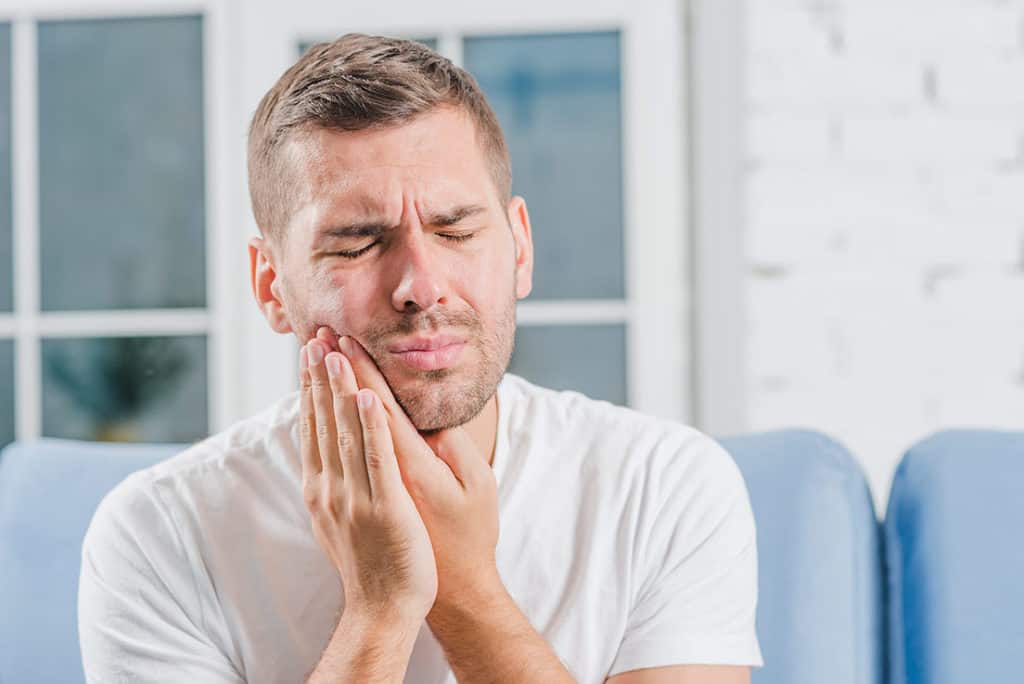Tmj Causing Ear Pressure: Find Relief Now

The discomfort of ear pressure can be debilitating, and when it’s caused by Temporomandibular Joint (TMJ) disorders, it can be a challenging issue to address. Understanding the connection between TMJ and ear pressure is the first step towards finding relief. The TMJ is a complex joint that plays a crucial role in facilitating movements such as chewing, talking, and yawning. Located just in front of the ear canal, the TMJ’s proximity to the ear explains why issues with this joint can lead to ear-related symptoms, including ear pressure, pain, and even hearing difficulties.
The Anatomy of TMJ and Its Relation to Ear Pressure
To comprehend how TMJ disorders can lead to ear pressure, it’s essential to understand the anatomy of the TMJ and its surrounding structures. The TMJ is composed of the mandible (lower jawbone), the temporal bone (part of the skull), a disc that acts as a cushion between the two bones, and various ligaments and muscles that hold the joint in place and facilitate its movements. The joint is vulnerable to strain and inflammation, which can occur due to various factors such as teeth grinding, misalignment of the teeth or jaw, and even stress.
The ear and the TMJ are closely linked anatomically and functionally. The ear canal is situated close to the TMJ, and certain muscles involved in the functioning of the TMJ also affect the middle ear. The Eustachian tube, which connects the middle ear to the back of the throat, plays a critical role in maintaining the air pressure in the ears. When the TMJ is inflamed or not functioning properly, it can indirectly affect the Eustachian tube’s ability to regulate air pressure, leading to feelings of ear pressure or fullness.
Symptoms of TMJ-Related Ear Pressure
Identifying the symptoms of TMJ-related ear pressure is crucial for seeking the right treatment. Common symptoms include:
- Ear Pressure or Fullness: A feeling of blockage or pressure in the ears that can be constant or intermittent.
- Pain in the Ear or Jaw: Pain can range from mild to severe and is often exacerbated by jaw movements.
- Clicking or Popping Sounds: When opening or closing the mouth, clicking or popping sounds may be audible, indicating TMJ dysfunction.
- Hearing Difficulties: In some cases, individuals may experience hearing loss, tinnitus (ringing in the ears), or a feeling of ear congestion.
- Jaw Locking: The jaw may lock in place or feel stiff, making it difficult to open or close the mouth.
Diagnosis of TMJ Disorders Causing Ear Pressure
Diagnosing TMJ disorders requires a comprehensive approach, including a thorough medical history, physical examination, and sometimes, imaging tests like X-rays or an MRI to assess the joint and surrounding structures. Dentists and oral surgeons often play a key role in diagnosing and treating TMJ disorders due to their expertise in jaw anatomy and function. They may use specific diagnostic tools, such as a TMJ scale or palpation (feeling with the fingers) to assess pain and tenderness in the jaw area.
Treatment Options for Relieving TMJ-Related Ear Pressure
Fortunately, several treatment options are available to relieve TMJ-related ear pressure. These can range from conservative, self-managed treatments to more invasive surgical interventions, depending on the severity of the condition.
Conservative Treatments
- Jaw Exercises and Stretches: Gentle exercises can help relax the jaw muscles and improve joint mobility.
- Dietary Changes: Soft foods can reduce strain on the jaw, and avoiding chewy or hard foods can help alleviate symptoms.
- Stress Reduction Techniques: Stress can exacerbate TMJ disorders. Practices like meditation, yoga, or cognitive behavioral therapy can be beneficial.
- Oral Appliances: Custom-made mouthguards or splints can help reduce teeth grinding and clenching during sleep.
Medical and Surgical Interventions
- Pain Relievers and Anti-Inflammatory Medications: Over-the-counter or prescription medications can help manage pain and inflammation.
- Physical Therapy: A physical therapist can provide personalized exercises and treatments like ultrasound or heat therapy to relieve pain and improve joint function.
- Botox Injections: In some cases, Botox injections into the jaw muscles can help relieve pain and reduce muscle spasms.
- Surgical Options: For severe cases where other treatments have failed, surgery may be necessary to repair or replace the TMJ.
Conclusion
TMJ disorders causing ear pressure can significantly impact an individual’s quality of life, but with the right diagnosis and treatment, relief is possible. Understanding the connection between the TMJ and ear pressure is the first step towards addressing this issue. By recognizing the symptoms and exploring the various treatment options available, individuals can find effective ways to manage their condition and improve their overall well-being.
What are the common symptoms of TMJ-related ear pressure?
+Common symptoms include ear pressure or fullness, pain in the ear or jaw, clicking or popping sounds when opening or closing the mouth, hearing difficulties, and jaw locking. These symptoms can vary in severity and may be intermittent or constant.
How is TMJ disorder diagnosed?
+Diagnosis involves a comprehensive medical history, physical examination, and sometimes imaging tests like X-rays or MRI to assess the TMJ and surrounding structures. Dentists and oral surgeons often use specific diagnostic tools, including a TMJ scale or palpation, to assess pain and tenderness.
What treatment options are available for relieving TMJ-related ear pressure?
+Treatment options range from conservative approaches like jaw exercises, dietary changes, stress reduction techniques, and oral appliances, to more medical and surgical interventions such as pain relievers, physical therapy, Botox injections, and in severe cases, surgery to repair or replace the TMJ.